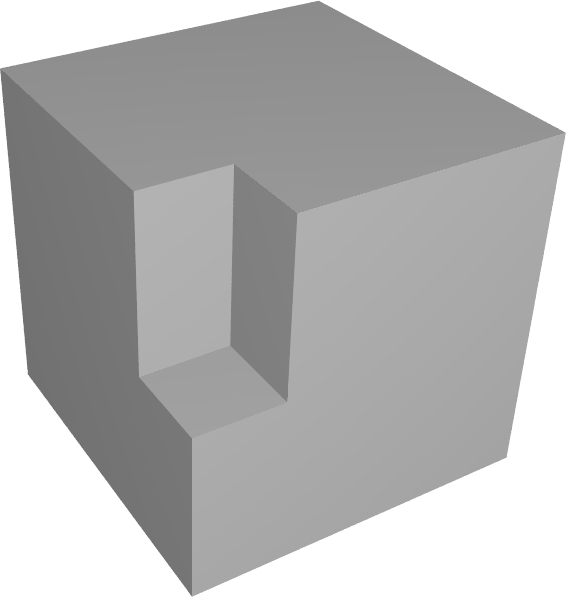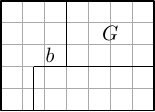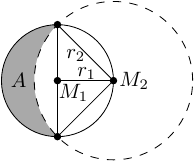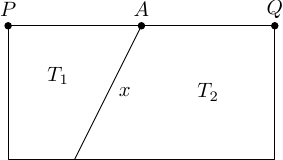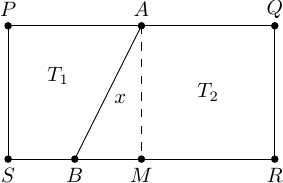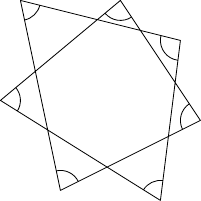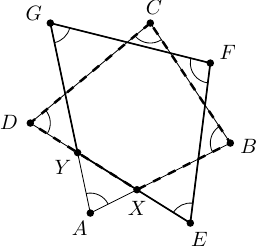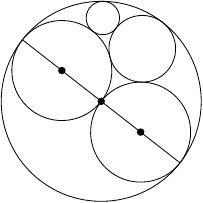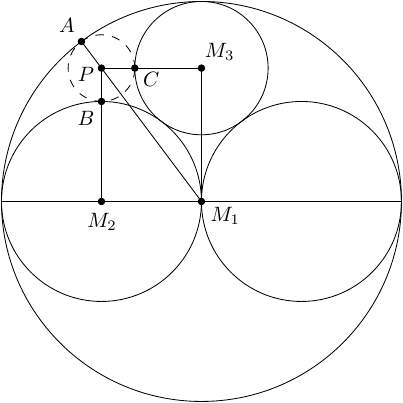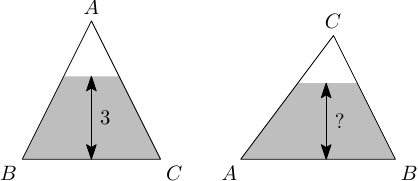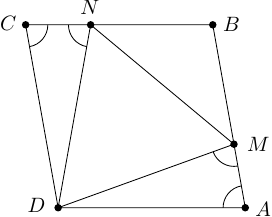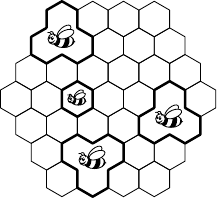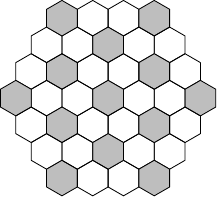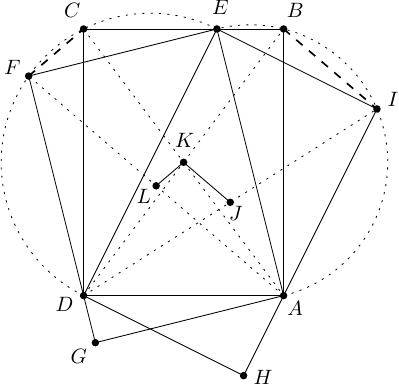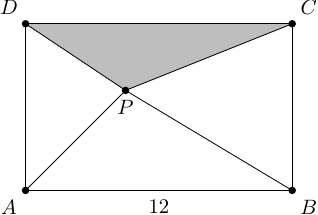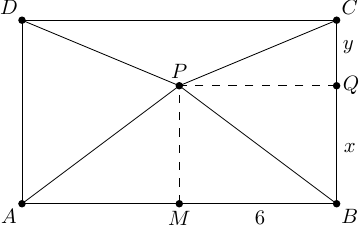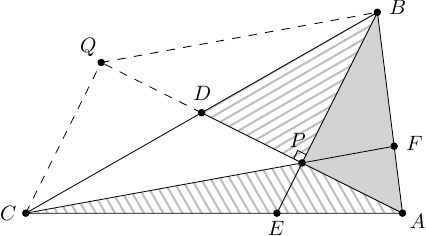Elisabeth has harvested strawberries in her garden. She wants to distribute them to her four sons in such a way that each son gets at least three strawberries and Valentin receives more strawberries than Benedikt, Benedikt more than Ferdinand, and Ferdinand more than Michael. Each son knows his number of strawberries, the total number of strawberries distributed, and the above-mentioned conditions. How should Elisabeth distribute the strawberries in order to hand as few as possible of them and none of her sons is able to determine the whole distribution?Solution
Answer:
Let us denote by the number of Valentin’s strawberries; obviously, . By analysing cases, we will show that Elisabeth cannot distribute less than strawberries. If , there is only one possible distribution, namely . In the case , each of the possible distributions , , , and uses a different number of strawberries, therefore Valentin, knowing the total number, can determine the distribution. Similarly, for or , only the distributions , , and exist (with less than strawberries), each one being computable by Valentin.
On the other hand, the distribution satisfies all the conditions: Valentin and Michael cannot distinguish it from , whereas Ferdinand and Benedikt can think that the distribution is . It remains to show that no other distribution of strawberries complies with the requirements: From , , , and , the third one can be deduced by Benedikt and the remaining three by Valentin.
